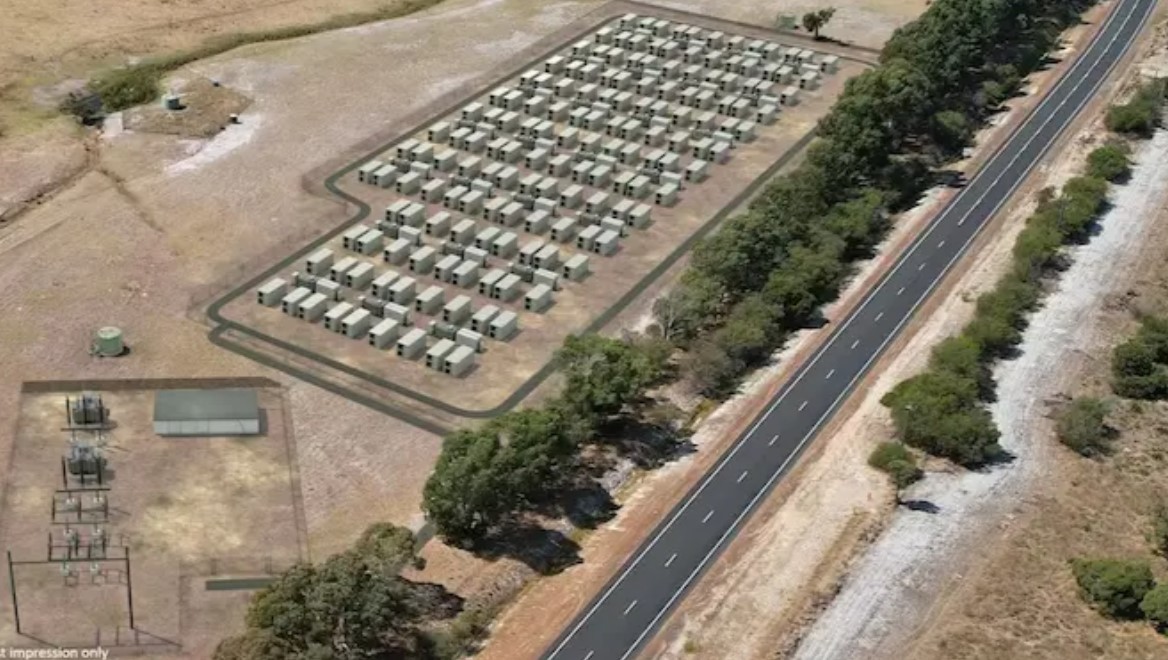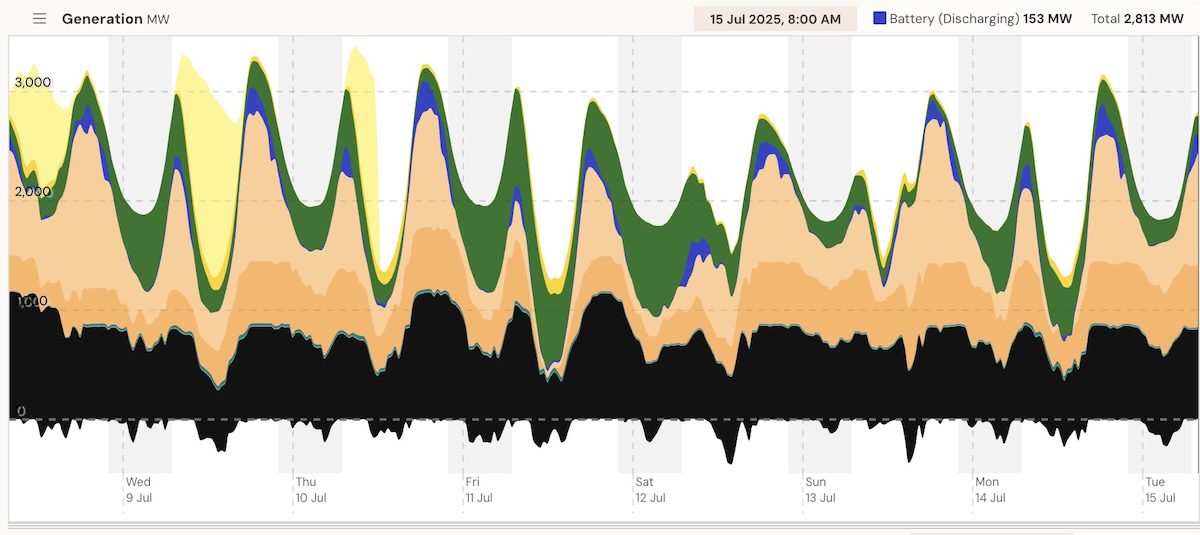Chinese PV giant proposes huge solar battery hybrid project to tap into major new industrial loads

Chinese solar PV giant Trina Solar has proposed another major solar hybrid project, this time with a 400 MW, 1,600 MWh facility that is seeking to tap into major new industrial and electrification loads.
The Killawarra project is slated for a site near the small town of Kadathinni, about 300 kms north of Perth, and intends to tap into the north-south 330kW transmission line that runs through the property. It proposes to combine a 400 MW solar farm with an “integrated” battery sized at 400 MW and 1,600 MWh.
The project is budgeted at $700 million, according to state planning documents.
Aiming for new industrial base
China-based Trina Solar’s explanation for its latest big battery proposal outlines why developers are so keen on Western Australia: it wants to tap an expected industrial expansion in the surrounding area, where it says 1.8 gigawatts (GW) of new load is coming in the next few years.
The state government’s 2023-2042 demand assessment suggests that the combined impact of new loads from green industry and electrification could call for 50 gigawatts of new capacity to be built on what is the world’s biggest isolated grid.
Trina’s project is likely one of the first to seek to tap into that anticipated demand, although there are a number of other big battery projects in W.A. that are already under construction, or in commissioning and partial operation, that have been tasked with time shifting excess solar to the evening peak.
W.A. is also host to the biggest solar-battery hybrid project, at Cunderdin. The hybrids share the same connection point, and allow solar to be fed straight into the battery, if not the grid, and then stored for use in the evening peaks or at other times. It enables the solar farm to avoid grid constraints, and to provide consistent supply of power to customers.
Big batteries are already making a noticeable difference to the state’s energy profile, with their share of output peaking at 9.4 per cent in the last seven days.

There are only three other batteries bigger than the Killawarra proposal in Western Australia – and one of them is also Trina Solar’s.
The Kemerton BESS in an industrial zone south of Perth is a 660 MW, 2,640MWh monster which raced through the development approval process in just four months last year. Trina Solar expects for this to be switched on in 2026.
Part of Neoen’s 1 GW, 4 GWh two-stage Collie BESS is expected to start later this year, while Synergy’s CBESS, also in Collie, is a 500 MW, 2,000 MWh due to be switched on by next summer.
Meanwhile, south of Perth, in what is emerging to be a hotbed of battery storage projects, Ace Power is proposing a 150 MW, four hour (600 MWh) battery that it estimates will cost around $212 million.
It is seeking planning approval for a site near Western Power’s Pinjarra substation and the development application is currently open for public consultation.
It will be Ace Power’s first standalone battery in the state, with its hard fought Narrogin BESS and accompanying solar farm the developer’s first foray into solar or batteries in Western Australia.
More information: https://reneweconomy.com.au/chinese-pv-giant-proposes-huge-solar-battery-hybrid-project-to-tap-into-major-new-industrial-loads/


